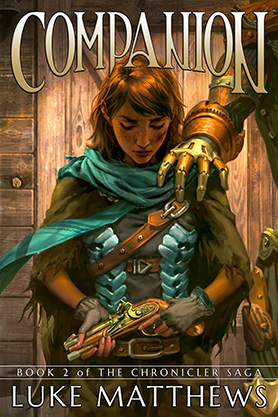Story by Victor Kalvachev, Kosta Yanev & Andrew Osborne
Art by Victor Kalvachev, Toby Cypress, Nathan Fox & Robert Valley
Blue Estate #3 once again picks up right where the previous issue left off, with the detention of two college football players who got indecent with Cherry Popz at the Smokin’ Barrel strip club. That particular thread plays out fairly quickly, though, and the rest of the issue focuses on a meeting between drug dealer Alyosha the Lion and Tony Luciano, who we saw trying to unload a house in issue #2.
The strength of Osborne’s script is entirely in his dialogue. He is able to breath life into the voices of his characters in much the same way as Brian Azzarello did in 100 Bullets, which makes for intriguing reading. The weakness of the script is that it lacks direction, and it’s hard to figure out where the scenes depicted in the last two books are leading. Osborne, Kalvachev, and Yanev have yet to depict any end goal for any of the characters so we, the readers, have very little to grasp while we’re pulled into their lightly intertwining lives.
The artwork varies quite a bit between the books four artists, but Kalvachev (pulling the duty of Art Director) infuses the book with an overarching style that allows the different art styles to remain mostly cohesive in spite of seemingly random change-points. The mixture of art styles might not be for everyone, but it mixes well with the book’s crime-drama underpinnings.
Unfortunately, expertly-crafted dialogue is not enough to maintain interest in a story that feels ultimately without purpose. All of the ingredients for an intriguing story have been tossed into the pot, but no one’s turning on the heat just yet.

